Field Note #12: The Spider’s Thread
- The Wolfess

- Sep 16, 2020
- 11 min read

Base Stats:
Game: Skyward Sword
Version: Original Wii Version, Physical Copy
System: Nintendo Wii U
Session Play Time: 2 hr 13 min
Total Play Time: 21 hrs 03 mins
Content Covered: Meet the Water Dragon, Skyview Temple, Ancient Cistern
Fi Report: 9 Forced Interruptions
“Among the groups of bad people in Hell, there was one man called Kandata. Kandata had been a very evil man. He had killed people, stolen from people, and even burned houses with people in them. He was truly an enemy of all good people. But once in his life, he had done something good, and Buddha remembered this.”
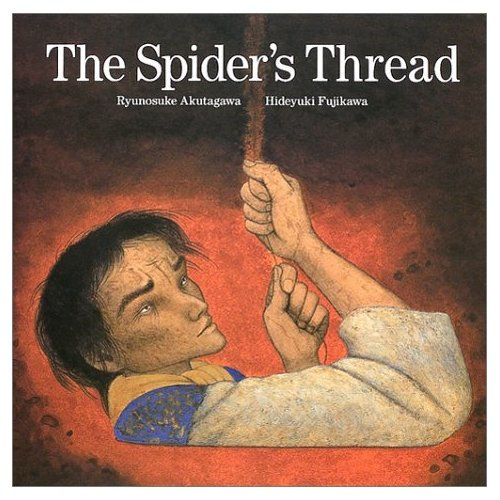
This passage is from a Japanese short story titled “The Spider’s Thread”. Written by Ryuunosuke Akutagawa, the father of Japanese short story, and published in 1918, it is an allegorical story in which Buddha has pity on a man in hell and sends down a single strand of spider silk so the evil man could climb up into paradise. It also happens to be the direct inspiration for one of my favorite dungeons in the entire Zelda series—the Ancient Cistern.
While there were many things to love about this particular play session—such as Ledd the Mogma’s return in our second trip through Skyview Temple in search of sacred water to heal the Water Dragon—it’s the Cistern itself that really shines. This temple is a brilliant feat of both game design and storytelling. Not only is it incredibly interesting and fun to play as a game, the way it tells the story of Buddha, Kandata, and the spider is revolutionary. Since I love a good story, today we will examine the details of The Spider’s Thread to see how Nintendo used game design in Zelda to tell this story to the player.
For reference, I will be using the translated form of the story found on this website: https://easystoriesinenglish.com/spider/. An audio reading of the story can also be found there for those who would prefer to listen to it.
In the opening scene of The Spider’s Thread, we are told that it is “a normal day in Heaven.” Buddha is walking and comes to stand beside a pool. He looks at the beautiful, clear water of the pool and there are flowers floating atop the water that smell amazing. The smell fills the air.

When Link first walks into the Ancient Cistern, the camera immediately focuses in on the face of the statue in the center of the room. Even a western Christian like me can recognize a Buddhist statue when I see one. Although most statues that I see of Buddha in America depict him as a jolly, overweight man, when you research statues of Buddha from around the world you quickly see that many statues of the Buddha depict him much like the giant statue in the middle of the Ancient Cistern. Everything about the statue—the flowing robes, the style of the face and hair, and even the meditative sitting position it is sitting in—all confirm its true identity: the statue is depicting Buddha himself.
After showing the face of the Buddha statue in the center of the room, the camera then pans around so we can see more of where we are. The room as a whole is peaceful. Fiery birds like magical phoenixes fly around Buddha’s head. Tiny spiders crawl on vines in the distance, harming no one. Little ever changes in this space throughout our journey here. No monsters appear to ruin the golden majesty of the peace. It is, for all intents and purposes, “a normal day in Heaven”.
Going back to the focal point of the room, the Buddha statue sits in the center of a clear pool of water. Just like in the story, flowering lily pads float all over the surface of the clear pool. And when you walk to the edge of the platform and look inside, just like Buddha does, you can see all the way to the bottom.
Now, when Buddha looks into the pool, he sees Hell. We learn that the water in the pool separates Heaven from Hell. Buddha looks down into Hell and we are told some of the landmarks he sees. There is the Sanzu River, which was full of dragons and had a bridge going over it that only good people can cross. Then there is the Mountain of Needles, which is exactly what it sounds like. Finally, we see the Lake of Blood, which is a boiling hot lake that bad people are made to swim. Their blood fills the lake, which is where it gets its horrible smell, color, and name.
Finally, Buddha sees a man in Hell names Kandata. This is the passage from the opening paragraph. We learn that the one good thing this evil man ever did was spare the life of a single spider. At that exact moment, a beautiful green spider walks by. This spider is rare and special because it spins a thread of spider silk that is made of gold. Buddha gets an idea.

Once again, let’s look back at the Cistern. The next room Link enters has another pool of clear water covered in lily pads. Once you jump down and swim to the edge of the pool, you run into a series of large spiders sitting on their webs that block your way. What’s that? There are spiders sitting beside a pool of clear water? Hm. Spiders, in fact, are one of the main enemies that we find in the “Heaven” portions of the Ancient Cistern. In fact, there are no spiders to be found in the “Hell” portion of the dungeon when we truly enter it.
I say “when we truly enter Hell” because there is a portion in the game where we get to “look at hell” without actually entering it, just like Buddha in the story. Link activates a giant whirlpool which takes him through a sewer line into a jail cell of sorts. We know this is not truly hell because it has all the architecture of the “heaven” rooms—right down to the inclusion of spiders and lily pads. The only thing different is the purple lighting and the music.

Link breaks out of the jail cell and looks down through some bars to see a boss key chest sitting atop a mountain of bones. Down there is obviously someplace entirely different—an evil place with hellish architecture. That is the true Hell. We can’t go there yet, but, like Buddha, we can look down into Hell and see something that catches our eye.
From a gameplay perspective, this whole section is odd. We’re about to go there anyway, so why give us this strange in-between room where all we do is see a chest we can’t get to? No other room in the dungeon looks like this hybrid of the “Heaven” and “Hell” motifs, and nothing that we do or obtain here helps us in the rest of the dungeon. They small key we get just breaks us out of our jail cell. It seems that the entire purpose of this room is to reflect that moment in the story when Buddha looks down into Hell. There is little other explanation as we would have found this exact boss chest on our own later and having the opportunity to see it earlier is of little real help.
Link immediately goes back into the “Heaven” portions of the game through another sewer pipe. This quickly leads to the big “transition” in the dungeon where Link triggers the feet of the Buddha statue to descend into Hell. In this way, Buddha reaches down into Hell just as he does in the story when he lowers the spider’s thread into the pond to save Kandata.
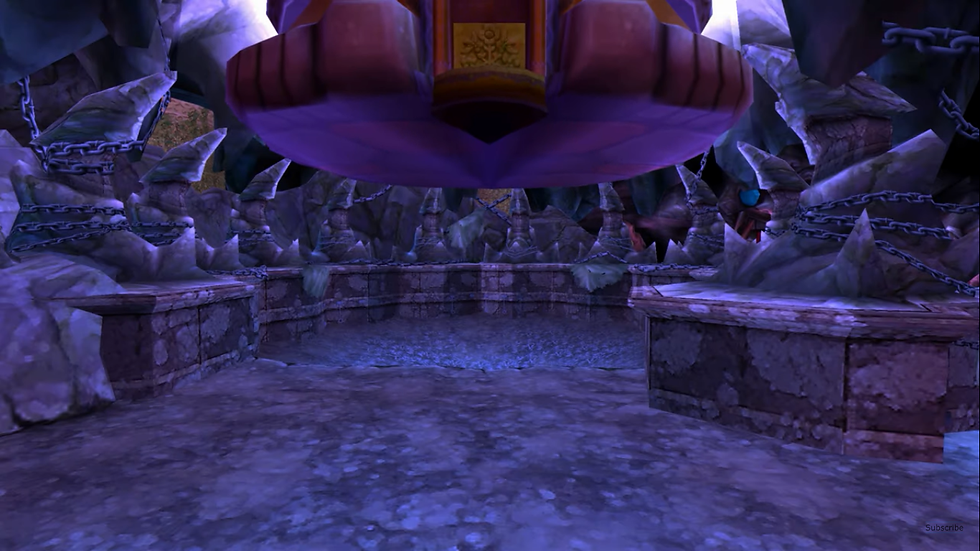
It is at this point in the story, when the titular spider’s thread is first introduced, that there is a big transition. The story starts in Buddha’s perspective looking down from Heaven. As Buddha lowers the thread into hell, there is a break and we find ourselves in the evil Kandata’s perspective down in Hell itself. There is no more thread at first—just the torment and darkness of Hell. Similarly, in Skyward Sword Link starts out in Heaven with all the symbology from the story displayed about him. He then goes bodily down into the depths of the Ancient Cistern and emerges in this terrible, dark place that is the opposite of everything he has seen so far. This is Hell from the story.
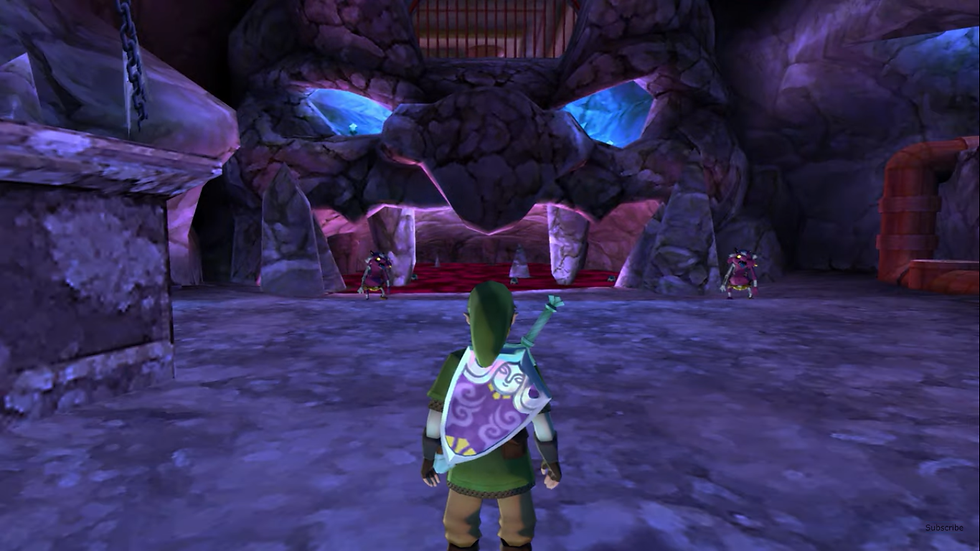
After the transition in the story, we first find Kandata swimming in the Lake of Blood with other bad people. He sees a glint in the distance and assumes that it’s just the Mountain of Needles. All the people around him are crying, but he can’t cry anymore because he is in so much pain. He is just swimming in the boiling hot lake “quiet and sad”.
In the Ancient Cistern, the first things Link encounters when he descends into “Hell” is the sight of a large demon’s face carved out of stone over a dark reddish-purple liquid that hisses and boils. This liquid is almost the color of blood, and if Link tries to swim in it, he is hurt like he’s being burned (and cursed so he can't draw his sword). It’s almost like a hot acid effect, and it reminds me very much of the boiling hot Lake of Blood.
The next thing Link encounters when he starts to walk forward in the dark place is Cursed Bokoblins—damned, zombie-like creatures that are reminiscent of what you might imagine when you think of damned souls stuck in Hell.
Link navigates many pools of acidic blood and zombie bad guys as he looks for a way out of Hell. He even crosses a series of spinning pillars that we could loosely interpret as the Dragon bridge that only good people can cross. This leads him to the same sight Kandata finds: a single string of spider silk falling into the pit from a blinding light overhead.

In The Spider’s Thread, Kandata grabs hold of the thread and begins to climb. Although he is a strong climber, it is thousands and thousands of miles and he grows tired. He stops to rest and looks down to see how far he has come. That is when he sees other damned people climbing up the thread after him. Outraged that they would try to use his special thread to save themselves, he tries to knock them off by shaking the thread. In that moment, his evil nature is proven and the thread breaks, dropping him back into Hell forever. It is said that Buddha looks on in sadness. That is the end of the story.
In our game, Link climbs to the top of a pile of skeletons. He begins to climb up the thread, but soon the Cursed Bokoblins begin to climb up after him. If Link stops, they will overcome him and try to eat him while he’s on the rope, eventually causing him to fall off of it. If Link keeps climbing, they eventually catch up to him and latch on. At that point, Link must shake them off of him in order to keep climbing. This is where our hero’s story diverges from the 1918 short story. Link is pure-hearted, so the string doesn’t break when he shakes it and he successfully climbs out of Hell.
Unlike Kandata’s story, however, Link’s journey is not over. The ending portion of the dungeon goes is a very peculiar direction that I find very interesting from a theological standpoint.

Emerging back into “Heaven”, Link flicks a switch to raise Buddha back up to its original position. Link then re-enters hell voluntarily in an effort to retrieve the “Blessed Idol”—a tiny buddha statue that serves as the Boss Key. It is locked inside the same Boss Key Chest we saw earlier in the dungeon in the center of a different pit full of bones. When Link retrieves the statue from the chest, a horde of cursed bokoblins surround him and the buddha statue overhead starts falling again. Link is almost crushed to death by the feet of Buddha. Instead, he narrowly escapes and Buddha crushes all the damned creatures instead. Link is rescued from the horde by Buddha himself.
Tucking his prize safely away, Link walks back into the door that first led him to Hell. We find ourselves inside the giant Buddha statue that just saved us. All that is left is to ascent inside Buddha to the very top. This part of the dungeon, in particular, is rife with religious symbolism.
Like some other eastern religions, Buddhism believes in the existence of chakras within the human body. According to good ol’ Wikipedia, Chakras are “thought to vitalize the physical body and to be associated with interactions of a physical, emotional and mental nature. [...] The function of the chakras is to spin and draw in this energy to keep the spiritual, mental, emotional and physical health of the body in balance.”

In the Buddhist Tantra, there are thought to be five Chakras. First is the Basal Chakra associated with Earth. Next is the Abdominal Chakra associated with Water. Third is the Heart Chakra associated with Fire. Fourth is the Throat Chakra associated with Air. And finally, the fifth Cakra is the Crown Chakra and it’s associated with Space and transcendence.
Now, I’m not an expert in Buddhism or Chakras by any means. However, I’ve done some research and do know some basics. As we read in the description from Wikipedia, the Chakras are meant to flow into one another and can be blocked, causing unbalance in various areas of the body, mind, and spirit. If a chakra is blocked, one must unblock it in order to progress to the next one. This process of unblocking usually starts at the bottom chakra, the Basal chakra, and proceeds up to the Crown chakra.
Curiously, there are five mechanisms we have to unlock in order to ascend to the crown of the Buddha statue. The first three are water jets which we must unlock—or “unblock” if you will. Each of the three water jets, once unblocked, will propel us up to the next level. In this way we unblock the dungeon/Buddha’s Basal, Abdominal, and Heart Chakras. The fourth Chakra, the Throat Chakra, is where we find the locked mechanism requiring the blessed idol we retrieved from Hell. Inserting the idol into the door correctly unblocks the fourth chakra and allows us onto the roof of the statue. Here we must unlock four mechanisms to unblock the fifth and final Crown Chakra.
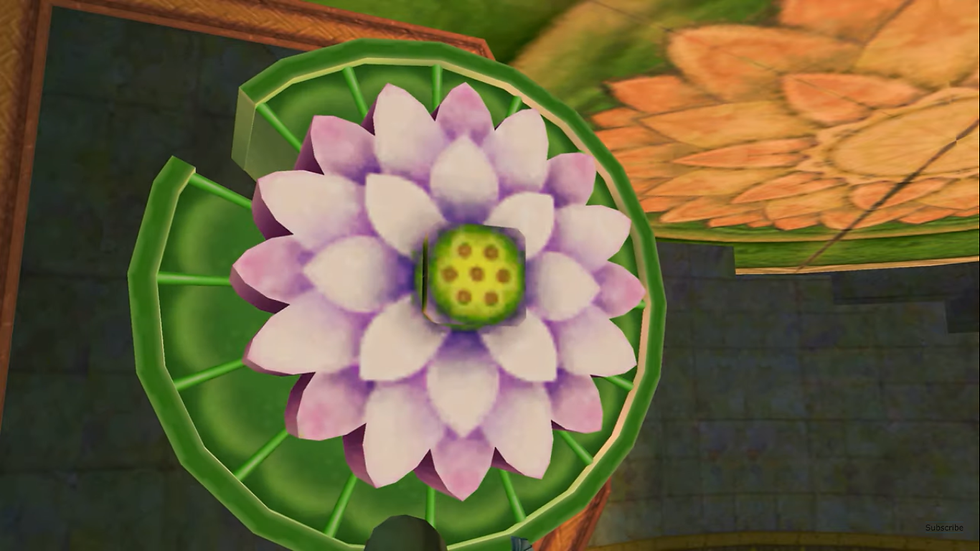
I’m not qualified to explain the function and significant of unblocking the Crown Chakra. What I understand, at the most base level, is that it’s very difficult to do and doing so is associated with some kind of ascension into a higher place. I think that might have different implications for different eastern religions, Buddhism included, but I can’t really explain it well enough to have anything more useful to comment here.
For the purposes of this article, it’s important to realize that the final task we accomplish after our escapades in Hell is unblocking all five Buddhist Chakras, thereby allowing Link to “ascend” physically into a magical other world. Here we encounter a golden six-armed figure. Although this figure does bear resemblance to the Hindu god Brahma (a creation god), it also bears striking resemblance to a figure in Buddhism as well: the Asura demigods/titans. These figures are depicted as bearing six arms and three faces, and they bear a striking resemblance to Koloktos. Just take a look:
While there is a lot of reading you can do into the potential significance of this battle with an Asura Titan, this goes too off-topic for this article. The resemblance is there and I do think the research supports the hypothesis that Koloktos is meant to be an Asura titan. It would, in fact, be fitting if this whole battle were taking place in the Asuras’ realm itself. But you’ll have to do your own research and decide for yourself what you think this battle is trying to say about Link. For this article, let’s get back to the story at hand.
In game, Link must defeat the Asura Koloktos to prove himself worthy to receive the Flame of Courage from the Goddess Farore herself. Receiving the flame, his sword is purified and he is allowed to move on his quest to prove himself and gain access to the realm where Zelda is.

Now, over the past 2800+ words, I have examined with you how every step we take in the Ancient Cistern follows the story laid out in The Spider’s Thread. We even touched on the concept that the ending of the dungeon also delved beyond the story into Buddhist religious belief. It truly is a masterpiece of game design and storytelling.
At the end of this examination, what is most incredible to me about this dungeon and the story it tells is how it transcends culture. Think about it: I knew nothing of any of this before playing through the dungeon for the first time, but even I could tell from the beginning that it was telling a story. It wasn’t long before fans even figured out which story it told. I believe that the Ancient Cistern is truly a very special artistic feat that surpasses cultural and religious barriers. It will go down in the Zelda fandom as one of the most creative and fun dungeons in the series, and I also hope that the world will come to see it as the unique art piece that lies beneath the surface.
What do you think about the Buddhist symbolism in the Ancient Cistern and how it tells the story of The Spider’s Thread? Sound off in the comments and tune in next week for more Hyrule Field Notes.


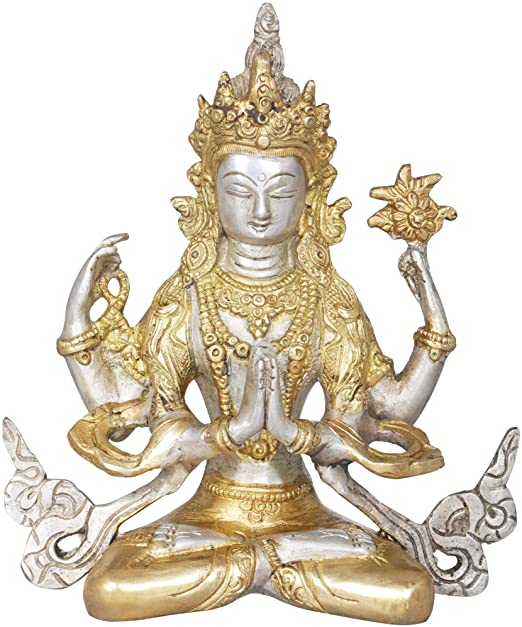

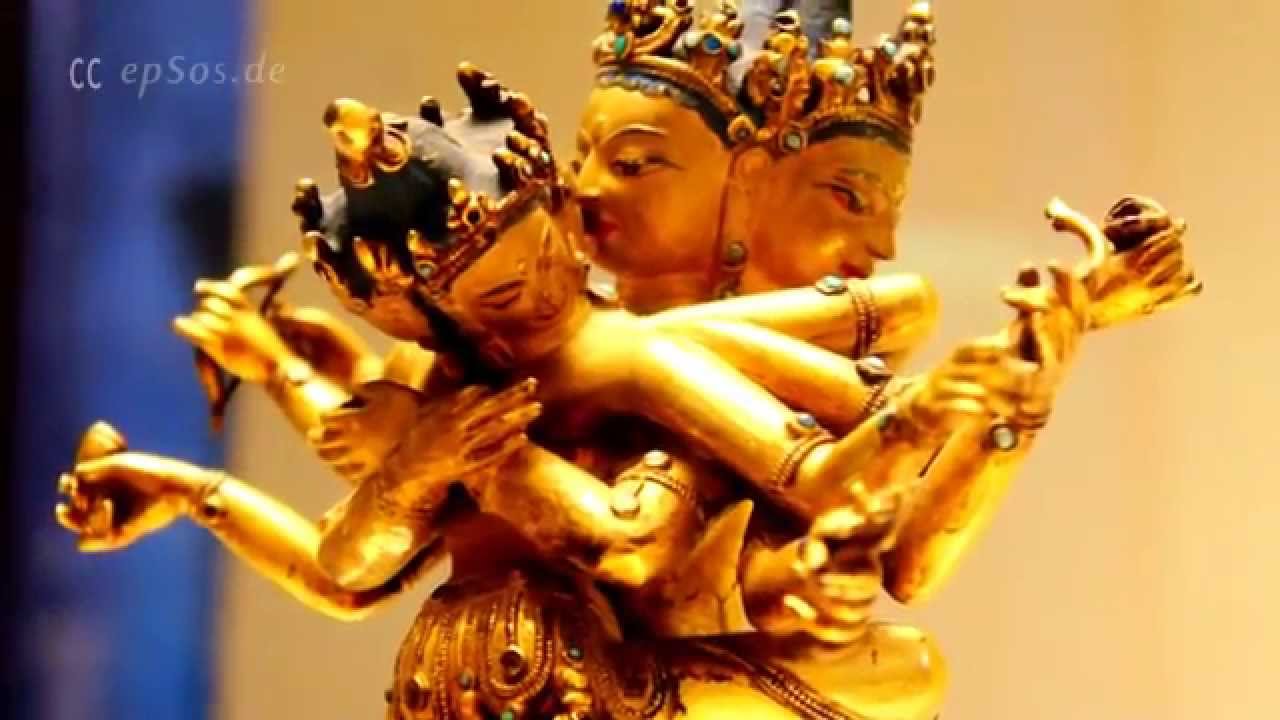

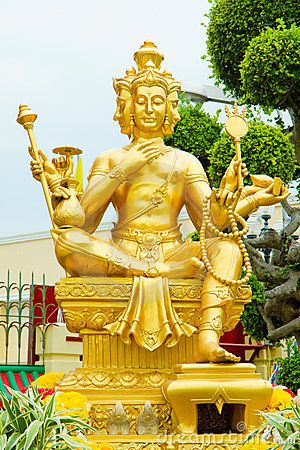

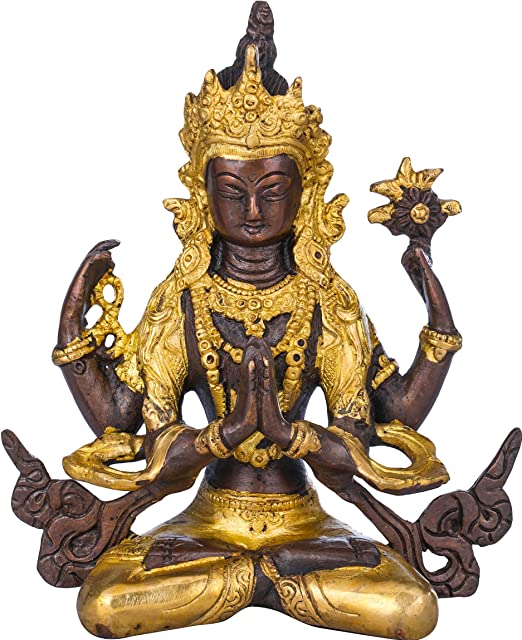

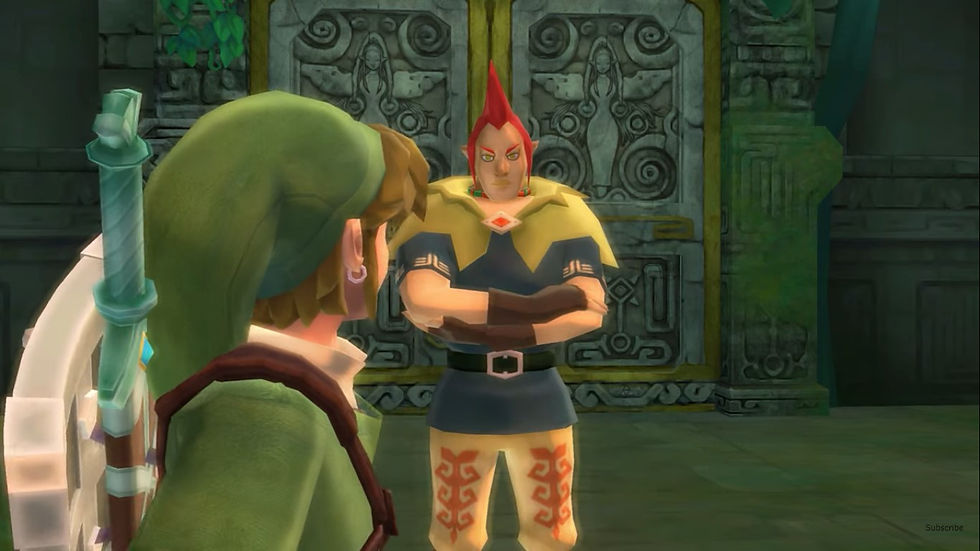

Comments